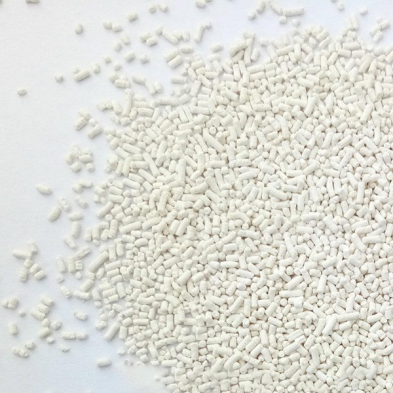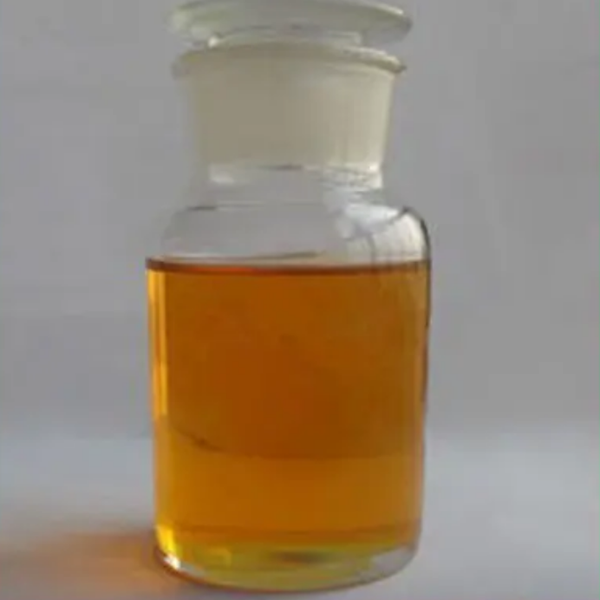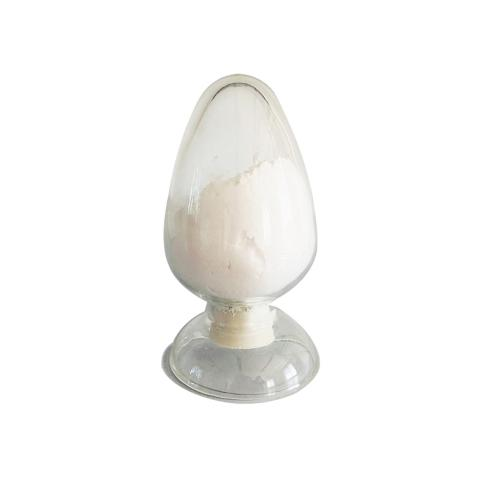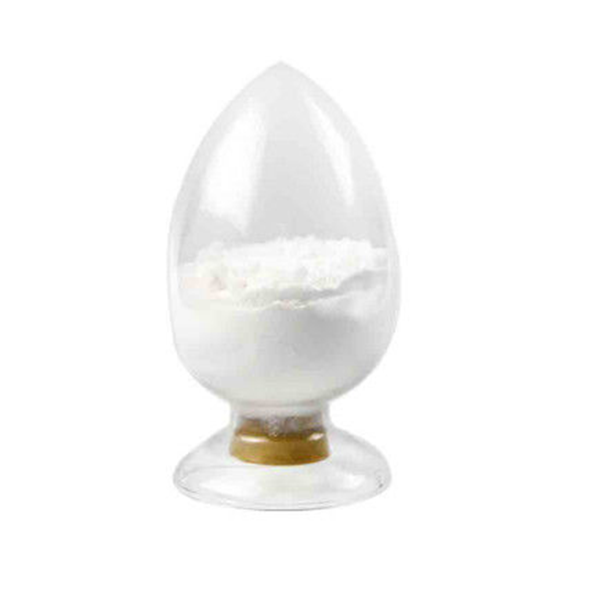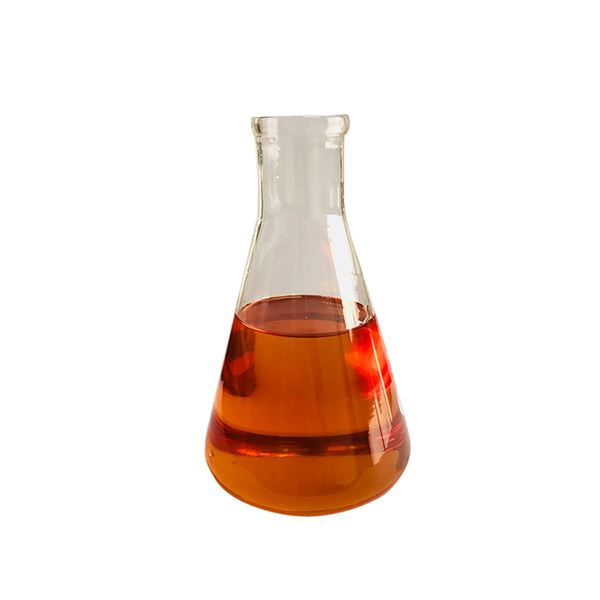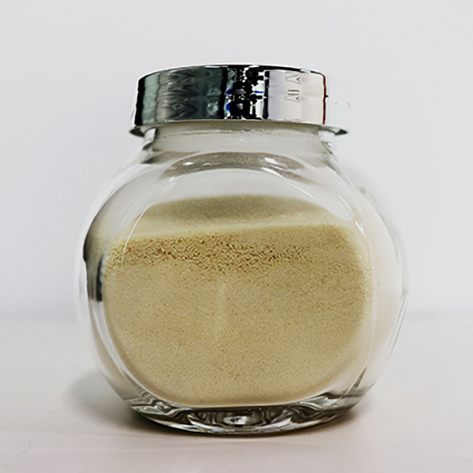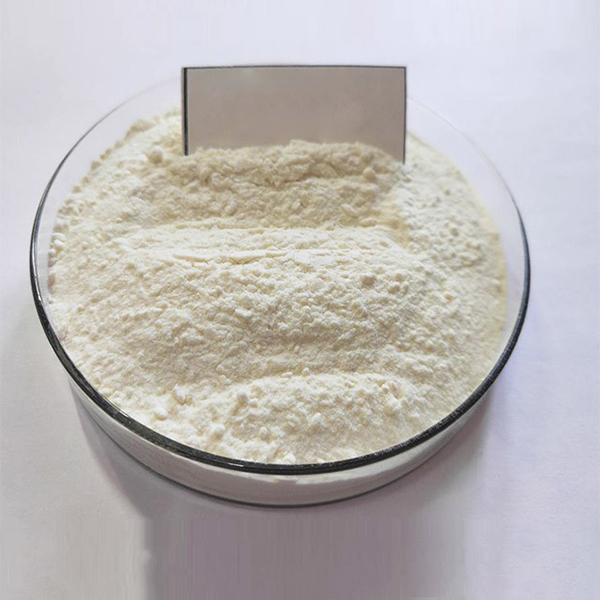Sulfentrazone targeted herbicide for
Product description
Sulfentrazone is a selective soil-applied herbicide for control of annual broadleaf weeds and yellow nutsedge in a variety of crops including soybeans, sunflowers, dry beans, and dry peas. It also suppresses some grass weeds, however additional control measures are usually required. It can be applied early pre-plant, pre-plant incorporated, or pre-emergence and is a component in several preemergence herbicide premixes. Sulfentrazone is in the aryl triazinone chemical class of herbicides and controls weeds by inhibiting the protoporphyrinogen oxidase (PPO) enzyme in plants. PPO inhibitors, herbicide site-of-action 14, interfere with an enzyme involved in chlorophyll biosynthesis and leads to an accumulation of intermediates that are highly reactive when exposed to light resulting in membrane disruption. It is absorbed mainly by the plant roots and susceptible plants die after emergence and exposure to light. Sulfentrazone requires moisture present in the soil or as rainfall to reach its full potential as a pre-emergence herbicide. Foliar contact results in rapid dessication and necrosis of exposed plant tissue.
Sulfentrazone provides season-long control of target weeds and the spectrum can be enlarged by tank mixture with other residual herbicides. Sulfentrazone has not shown any cross-resistance with other residual herbicides. Since sulfentrazone is a preemergence herbicide, large spray droplet size and low boom height can be utilized to reduce drift.
To prevent the development of weed resistant to sulfentrazone, use practices such as rotating and combining herbicide sites-of-action and utilizing mechanical weed control.
Sulfentrazone also has uses outside agriculture: it controls vegetation on roadside verges and railroads.
Sulfentrazone is practically nontoxic to birds, mammals, and adult bees on an acute exposure basis. Sulfentrazone shows no evidence of acute neurotoxicity, carcinogenicity, mutagenesis, or cytotoxicity. However, it is a mild eye irritant and applicators and handlers are required to wear chemical resistant clothing.
CropUses:
Chickpeas, cowpeas, dry peas, horseradish, lima beans, pineapples, soybeans, strawberries, sugar cane, sunflowers, tobacco, turf

